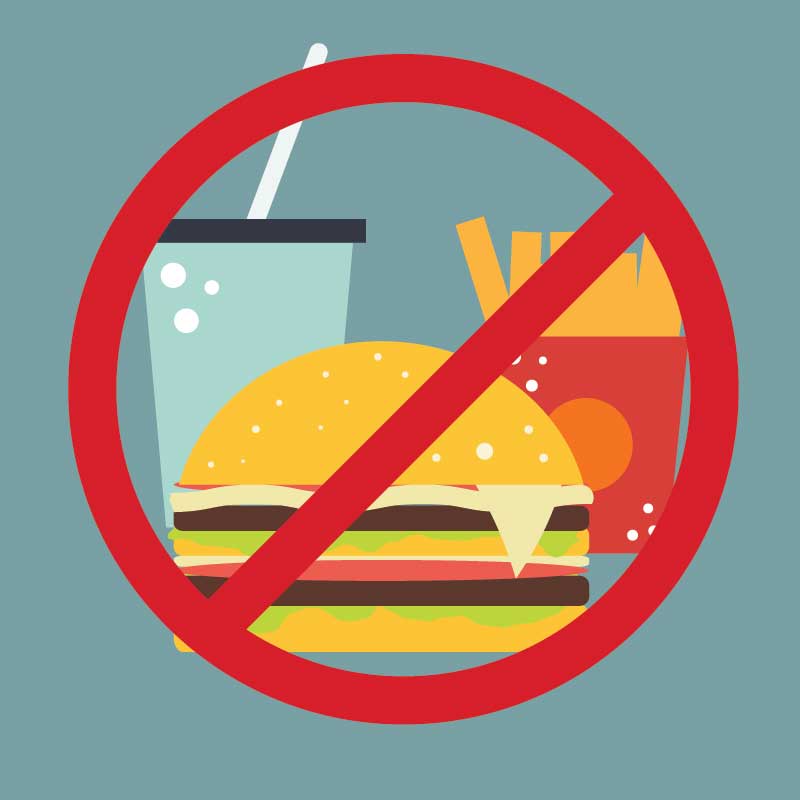
Speak to any pediatrician and he will tell you that the most common complain of mothers is that the child does not want to eat healthy food. If your toddler spitting that spinach you cooked with so much effort is a mealtime norm in your house; or if meal times are akin to running behind your little one tempers often running wild in the process, then it is certainly time to stop and take stock. There is actually a lot you can do to change this. While as parents we are caught up with many commitments and are often guilty of giving up, it is important to note that the earlier good eating habits are formed, the better it is.

Before we get to what we can do to promote healthy eating it is important to define what healthy food really means. Essentially it implies that the child gets enough quantities of essential nutrients such as proteins, carbohydrates, fats, vitamins and minerals so that he or she is well nourished.
What can you do to promote healthy eating?
- Eat together as a family– Ensure meal times are pleasant times for the entire family. Commenting on the kind of food the child eats (or does not eat) adds to the pressure and often leads the child to reject food even if he likes it. Meal time should also not be a time for TV viewing but of family bonding as the child develops a healthy relationship with food.
- Be a role model– Having erratic eating habits yourself while asking children to eat healthy does little in encouraging them. If you want the child to eat a healthy breakfast and yet land up skipping breakfast yourself, you are sending mixed signals to the child. Observing you eat healthy, on the other hand goes a long way in forming habits that last a lifetime.
- Keep the menu varied-. In a bid to keep the food nutritious, it is important that you do not lose sight of the fact that you also need to keep the menu varied so that fatigue does not set in, remember that healthy need not mean boring. What is important are food combinations. So, if you are serving a new healthy food, it is important to have at least one component in the meal that the child likes for the comfort of trying something new. Besides main meals, you could offer the child healthy yet appealing snacks such as:
- Whole wheat crackers
- Low fat popcorn
- Fruit and dry fruit
- Carrots with a healthy dip
- Yogurt with fresh fruit
- Ensure junk food is not easily available– The fact is that if a child knows that chips and cold drinks are easily available and he can gorge on them at just about any time during the day, the possibility of the child eating healthy food at designated times becomes low. However, this is not to suggest that you do not allow treats once in a while so that junk food does not seem totally forbidden and hence highly appealing. Also prepare a chart of healthy alternatives for yourself posted on the refrigerator.
- Do not bribe the child– It is not a good idea to offer a sugary treat that you wouldn’t otherwise want the child to eat, as a reward for finishing that healthy meal. In fact, a new research shows that using food as a reward or treat early in life could in effect establish a relationship in the child’s mind of relying on food to deal with emotions.
- Involve them in food choices– Toddlers have this innate need to exert their personal choice. Ensure that while you offer them nutritive choices you also allow them to decide what they would want. It can even be a good idea to take them to the supermarket to choose the ingredients. With slightly grown up kids you can also involve them in the cooking process. A smiley faced pancake or cutting the toast in the shape of stars can go a long way in keeping the child excited. Having them choose their own plates and cups also adds to the excitement of meal times.
- Keep meal times fairly fixed– It helps to eat meals at fairly the same time every day. Ensure that the meals are frequent so the child does not land up gorging in between meals and therefore is not hungry when food is brought in front of him. In fact, the child needs to be acclimatized to a structured food schedule comprising of three meals and two snacks. This way the child knows that if he refuses to eat lunch, they will need to wait until snack time.
In addition to not eating healthy if you feel that your child is also not eating enough, it is important to figure out the cause behind this. One of the contributing factors could be that the child is not getting enough physical activity. With increased screen time becoming a reality with children, this aspect needs to be closely monitored. It could also be that the child is stressed about something leading to his not eating enough (or over eating). Ensure that you focus on resolving the underlying issue instead of pressurizing the child to eat.
While it may sound like it is easier said than done, you need to stay upbeat instead of getting into perennial food fights with your toddler! As long as he isn’t stuffing himself with unhealthy food, it is ok for him to decide how much food he wants to it eat, instead of trying to force feed him. Remember it isn’t just important to get some food into their system but to turn them into healthy eaters for life! With a little bit of creativity and a whole lot of persistence, you can do just that.

Amita is an experienced educator with over 30 years of experience. She has an outstanding understanding of child development, having worked with various age groups for prestigious businesses. She has been dedicated to handling Footprints’s Curriculum and Delivery department for the past decade. Amita’s credentials include being one of India’s few HighScope Curriculum certified trainers and volunteering as a course leader for Landmark Education, the world’s largest training firm.


Thanks,i think it would work to improve meal habits.